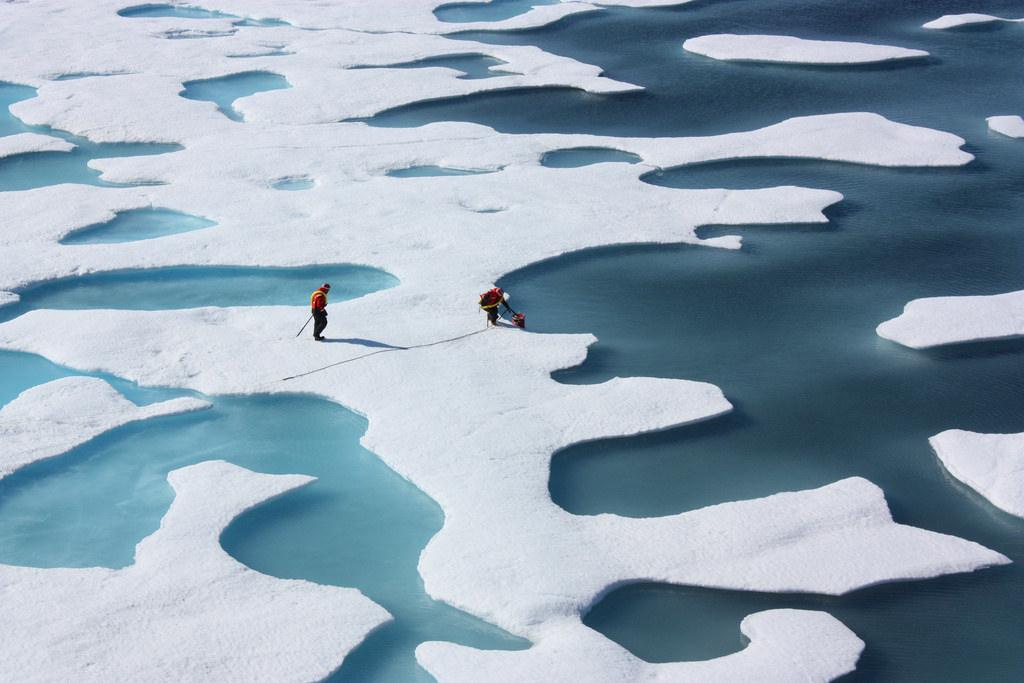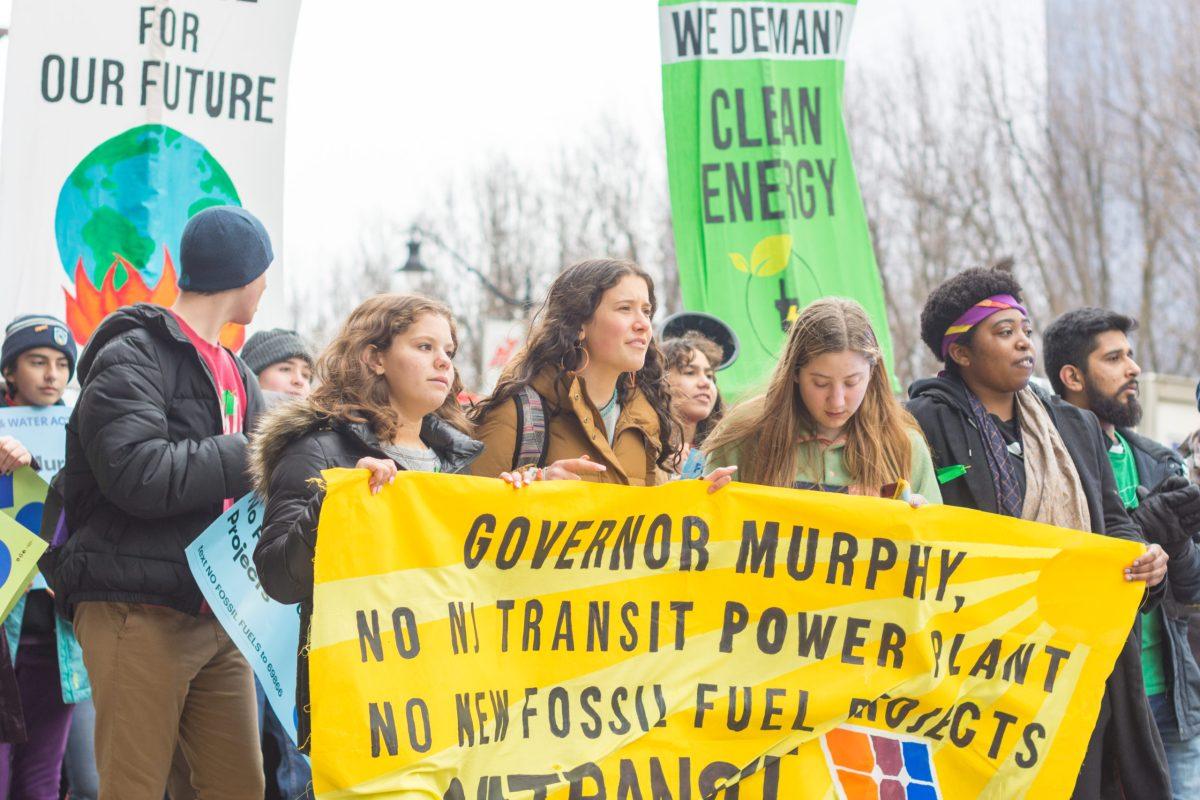The Arctic is turning green. It is not snowing or getting colder—instead, plants are growing in the cold tundra. A team from Los Alamos National Laboratory, University of Alaska Fairbanks, and Oak Ridge National Laboratory recently conducted research that supports that areas of the Arctic, which were once frozen for thousands of years, are now thawing. Along with signs of green life flourishing in the region, increasing amounts of permafrost are beginning to melt.
According to Dr. Cathy Wilson of the Los Alamos lab, the melting of permafrost happens “as insulating snow accumulates atop tall shrubs, it boosts significant ground warming.” But why is the melting Arctic important to the rest of society?
In a study published in Geophysical Research Letters, scientists uncovered that underneath the permafrost is a massive reservoir of mercury, as much as 10 times the amount that humans have produced in the last 30 years. As climate change affects the world, the thawing ice could release mercury back into the environment. Mercury is naturally toxic and affects the development of children and motor function of adults. Mercury can also find its way into our food and water supply; this is why fish advisories are often posted near infected rivers and why children are urged to avoid eating tuna, and other long-living fish. Most mercury released into the air ends up staying in the most northern latitudes, compared to anywhere else. Now that the thawing permafrost threatens to release even more mercury into the atmosphere, there is no telling where it might end up.
Along with significant amounts of mercury, the world’s largest supply of organic carbon also lies underneath the Arctic. A study conducted by NASA shows that “carbon in Alaska’s North Slope tundra ecosystems spends about 13 percent less time locked in frozen soil than it did 40 years ago”. The Arctic is now adapting similar traits to a Northern American forest, as opposed to a frozen desert. As the frozen layer melts, carbon transforms to carbon dioxide and methane, and is then released into the atmosphere. As more greenhouse gases are released into the air, more heat is trapped, raising the temperature. This in turn melts more permafrost, perpetuating the carbon cycle. While the rate of plant growth is increasing, aiding the removal of carbon dioxide, that might not be enough to neutralize the ever-growing release of carbon. While models have shown that an increase in the carbon cycle speed was bound to happen, long-term data shows those were underestimates.
The thawing permafrost sparks even more issues, besides releasing carbon and mercury into the air. The melting ice also leads to increased sea levels, an issue for many coastal towns and islands. As temperatures continue to rise, countries near the equator will likely become uninhabitable due to floods and unbearable heat. Climate change has also affected weather patterns, which explain the frequency and severity of storms in the Atlantic during hurricane season. Our planet is overheating. Despite all the signs that there is something dangerously wrong, nothing has been done to address the thawing Arctic and other climate issues.

































